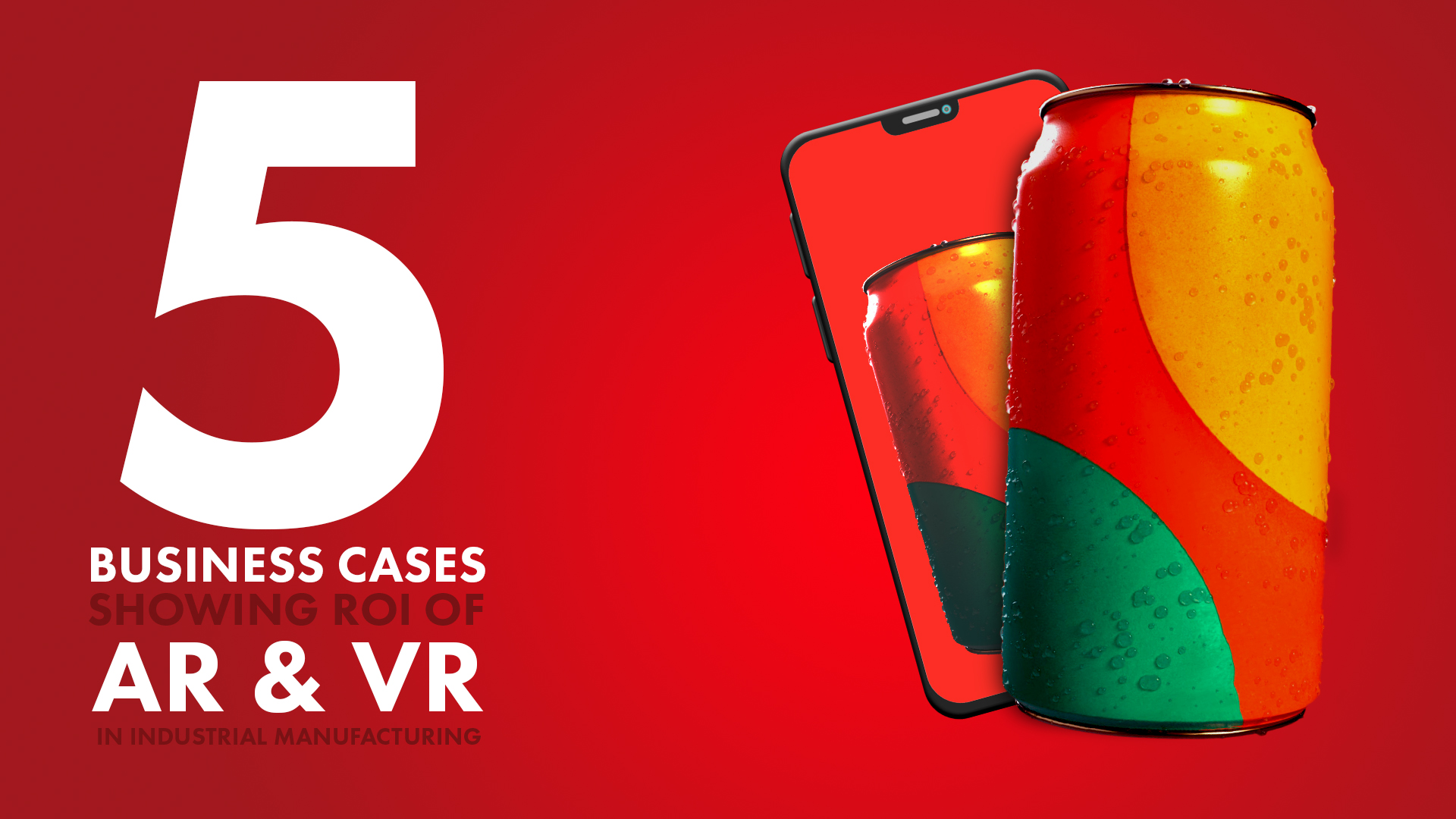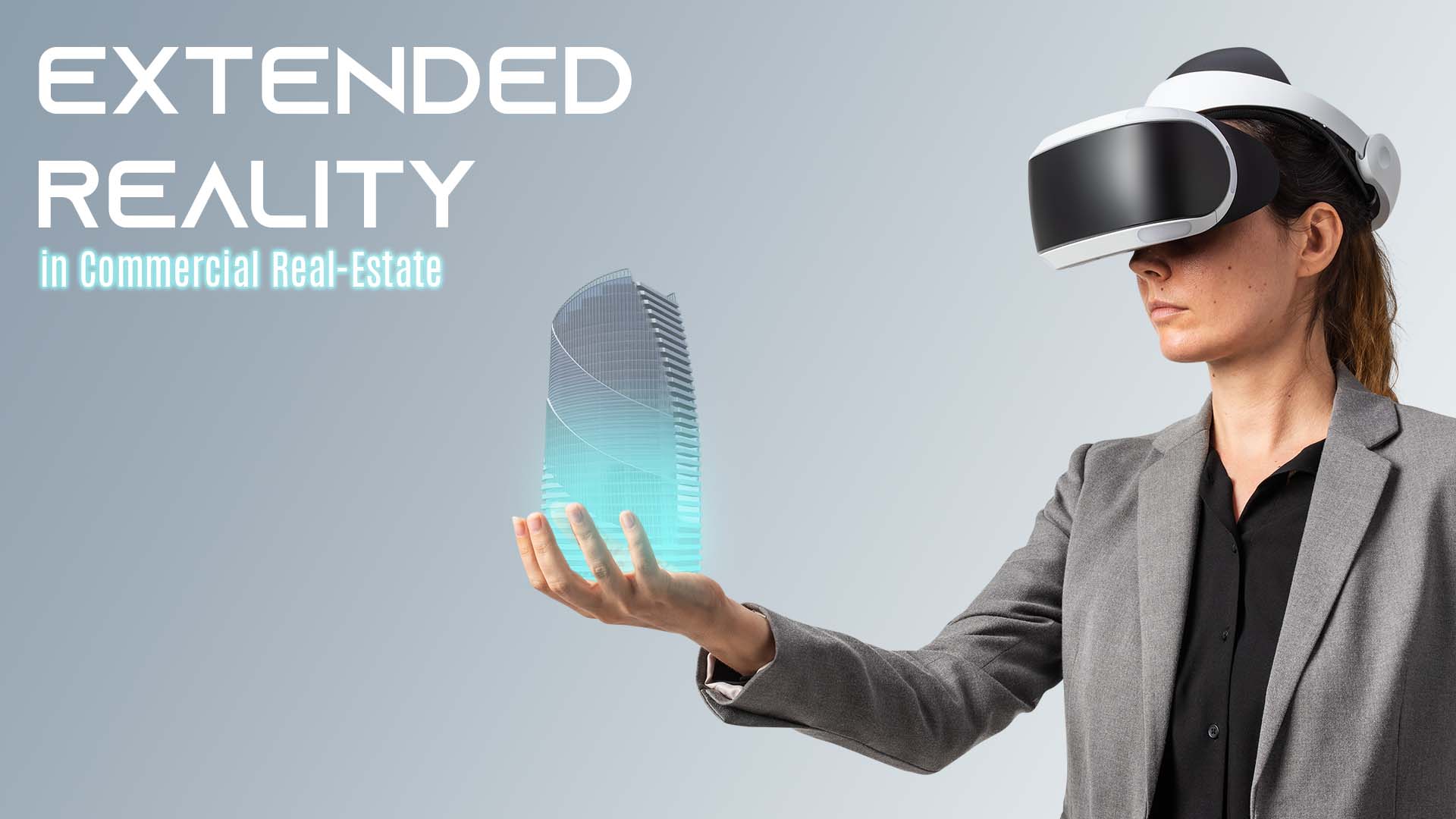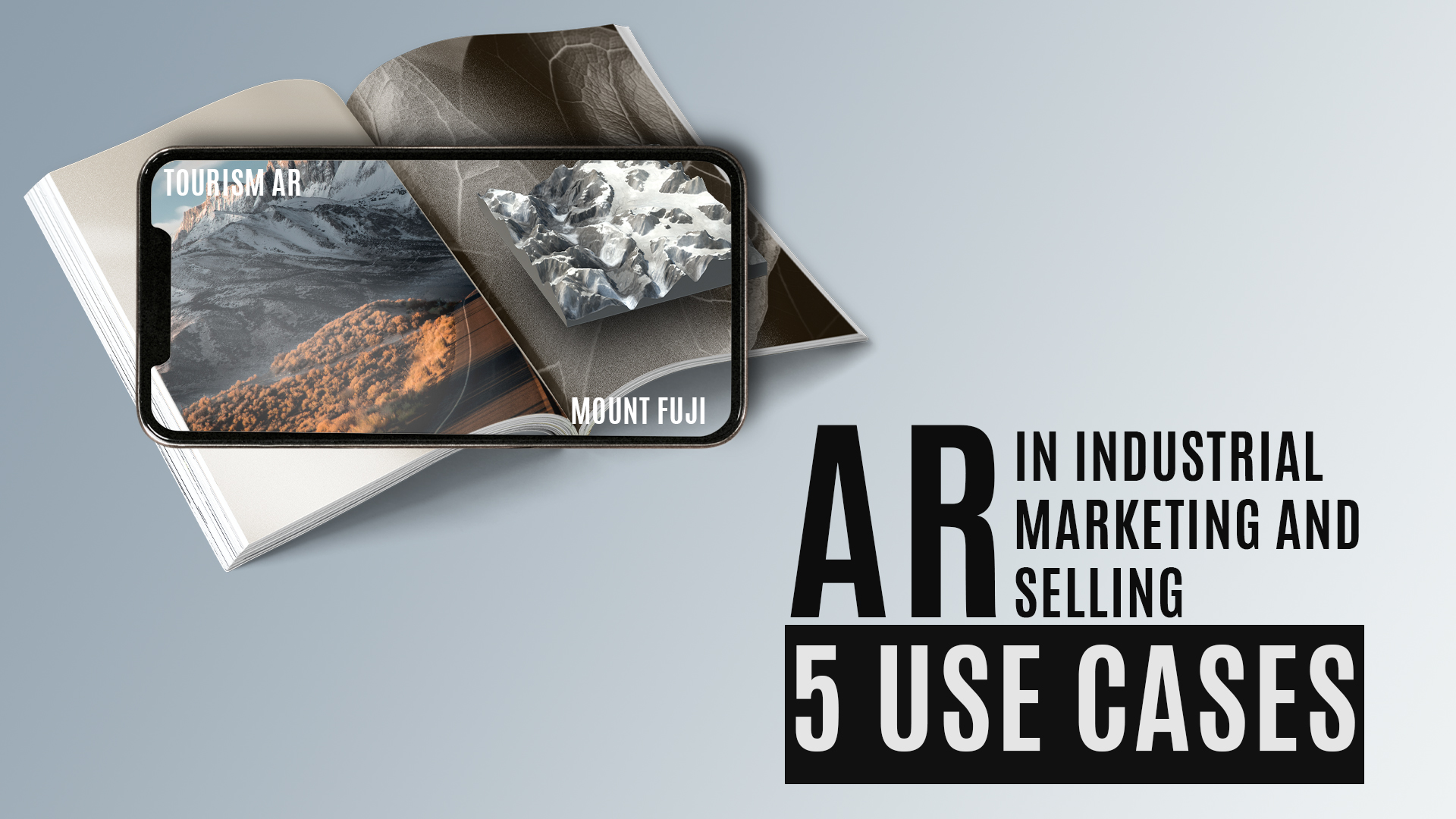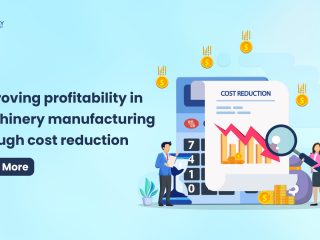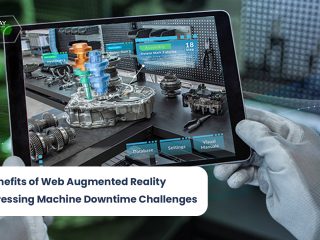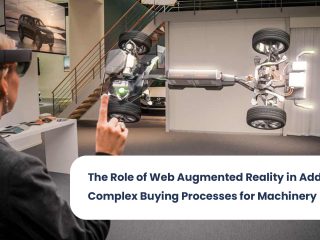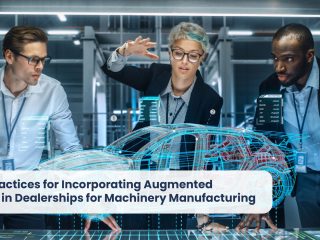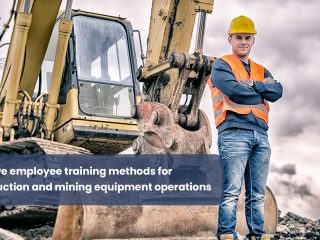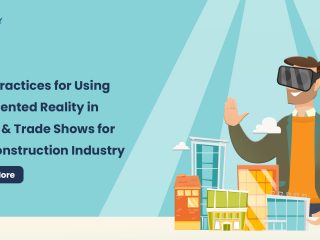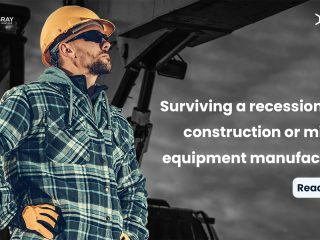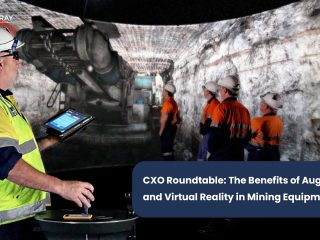VR and AR technology are no longer associated with Snapchat or Pokémon Go. This technology is being used today in healthcare, tourism, education and art and design.
Virtual Reality (VR), an advanced technology, places the user in a virtual environment or simulated space. Augmented Reality (AR) allows the user to view augmented elements or data in real-world space.
AR was valued at USD 14.7 Billion in 2020. It is expected to reach USD 88.4 Billion by 2026.
Manufacturing has started to use VR and AR in a variety of vital areas, but especially for:
- Product development
- Floor planning
- Construction and assembly
- Assistance and training
- Inspection and Maintenance
5 Manufacturing Businesses That Used AR and VR
Businesses around the world have adopted AR/VR technology to speed up processes, save costs and increase productivity in manufacturing. Here are some examples of how top companies have used this technology.
Ford Motor Company
Ford has adopted VR to develop and design its designs. The Michigan-based company uses VR technology to experience the prototypes in Virtual Reality since 2000.
The Oculus Rift headset allows employees to enter the vehicle and feel the facilities. This was done to reduce the cost of making physical prototypes.
These virtual sets can be used by 30-40 employees, including engineers and designers.
Ford was able analyze more than 135,000 details from 195 prototype cars using VR technology in less than a year.
Jaguar Land Rover
JLR started using VR in 2008, and has saved over USD 8 million on vehicle development costs.
JLR’s virtual reality lab was dubbed “The Cave” by its users in 2010. It was the world’s most advanced VR facility. Engineers and designers can visualize the parts or entire car using the VR studio, even before physical prototypes are built.
Users were able to simulate the features from both the outside and the inside, and they could test them using several parameters such as space optimization, control, visibility, aerodynamics, crash analysis, wiring and piping, manufacturing and assembly processes, and so forth.
They were also able to use the VR studio to plan floor space in order not to have components clash and ensure customer comfort.
Jaguar XJ, Range Rover Evoque are two of the first cars to be built using JLR’s VR cave. This facility has reduced the development time of Range Rover Evoque by 2 years, compared to 3 years previously.
Lockheed Martin
Lockheed Martin produces and sells war machinery worth USD 43.34 billion annually. The planes are almost USD 100 million. Lockheed is not well-suited for errors and lengthy assembly and repair.
Augmented reality was used to fix and assemble machines in a matter of hours, instead of days. This was even with no top-of the-line technicians. AR glasses were used by engineers to repair or assemble parts of machines using educational software.
Epson Moverio BT200 glasses display an overlay of tasks to be completed by technicians using depth and motion sensors.
Each step is explained to the technicians using commands such as where a bolt/cable needs to goand through what hole
The technicians can work 30% faster and with a 96% accuracy without needing to read a lengthy instruction manual.
Boeing Aerospace Company
Aerospace industry is not willing to tolerate any kind of error.
Boeing used AR to allow technicians to see real-time 3D wiring diagrams in order to eliminate errors.
Before AR, technicians were more likely to become distracted.
They had to use 22-foot-long 2D wiring diagrams that they had to understand before performing any tasks.
AR allows them to see all the wiring in 3D space. This made it easier to repair and maintain the aircraft.
Coca Cola Refreshments
Terrell at Coca-Cola believes in the use of emerging technology to lower costs.
In 2017, Terrell implemented AR goggles at Coca-Cola in order to reduce costs, improve quality control, and increase efficiency throughout the supply chain.
“This technology has the potential to be a game-changer.” “This technology has the potential to change the game.” – Terrell director of operational excellence and Coca Cola Refreshments
AR software allows technicians to remotely perform routine audits, maintenance services, and troubleshooting. The AR software allows experts to navigate the facility and give instructions to technicians on how to complete tasks remotely.
AR has reduced the time and cost of Coco-Cola’s changeovers and significantly reduced downtime.
In today’s world, 2D is not sufficient. Augmented Reality and VR solutions for manufacturing industries are perfect.
AR and VR are enablers in Industry 4.0, but they also prove that alternate realities can have a significant impact on actual numbers.
Virtual reality (VR) and augmented reality (AR) are two immersive technologies that are used in various sectors like manufacturing and etc.
AR and VR can be used in manufacturing to boost staff training, increase operational efficiency, and enhance product quality.
In the manufacturing industry, augmented reality (AR) will help a employees by teaching how to assemble, maintain, and repair products.
AR technology includes enhancing the physical environment with digital information like text or pictures. An employee could, for instance, wear an AR headset to view a digital overlay of assembly instructions.
On the other hand, users of VR technology can interact fully with digital environment.
VR can be used in manufacturing to train employees by allowing them to practice using machinery or executing jobs in a secure virtual environment. To evaluate the effectiveness and efficiency of industrial processes, VR can also be used to replicate various scenarios, such as the design and assembly of products.
Overall, by increasing worker productivity, lowering errors, and raising product quality, AR and VR can improve manufacturing operations.
Augmented reality, or AR, is utilized more frequently in manufacturing to increase productivity, safety, and operational effectiveness. These are some instances of the application of AR in the industrial industry:
Assembly and maintenance: With augmented reality (AR) technology, workers can be guided through challenging maintenance and assembly procedures. Workers can accomplish jobs more quickly and precisely by placing digital instructions on real-world objects, which lowers the possibility of mistakes and redoing.
Quality Control: AR can be used to examine products for correctness and quality. Workers can rapidly find flaws and make corrections by placing digital templates over tangible products.
Training: New hires can be introduced to equipment and procedures via AR. Worker learning can be accelerated and memory retention increased by offering an interactive, immersive experience.
Design and prototyping: Before spending money on physical prototypes, businesses can utilize augmented reality to create and test virtual prototypes.
Remote Support: AR can be utilized to give field employees remote support. Experts can offer in-the-moment advice and support by being able to observe what workers are seeing using AR headsets or mobile devices.
In general, AR technology has the potential to revolutionize the manufacturing sector by increasing worker safety, decreasing errors, and increasing efficiency.
Virtual reality (VR) can be applied in various ways to increase effectiveness, productivity, and safety in manufacturing. Here are a few applications for virtual reality in manufacturing:
Training: VR can instruct personnel in various production processes, such as operating machines and assembly lines. With VR, employees may receive practical training without running the dangers of in-person instruction. So reduces training expenses and saves time.
Design: By using VR to develop and envision items in 3D, producers can find and fix design problems before the product is constructed. Its saves design time and lower design-related expenses.
Maintenance: Technicians can anticipate possible issues and practice fixes before carrying them out on actual equipment using VR to simulate maintenance processes. Maintenance expenses and downtime may be low.
Inspection: Before transporting things, inspectors can identify and correct quality problems by using virtual reality to check products for flaws. Reduces the number of defective products and raises client satisfaction.
VR can promote collaboration between manufacturing teams, including design, engineering, and production. It will enhance communication and lower the possibility of mistakes.
In general, VR may assist producers in numerous elements of the manufacturing process to increase safety, decrease costs, and improve efficiency.
